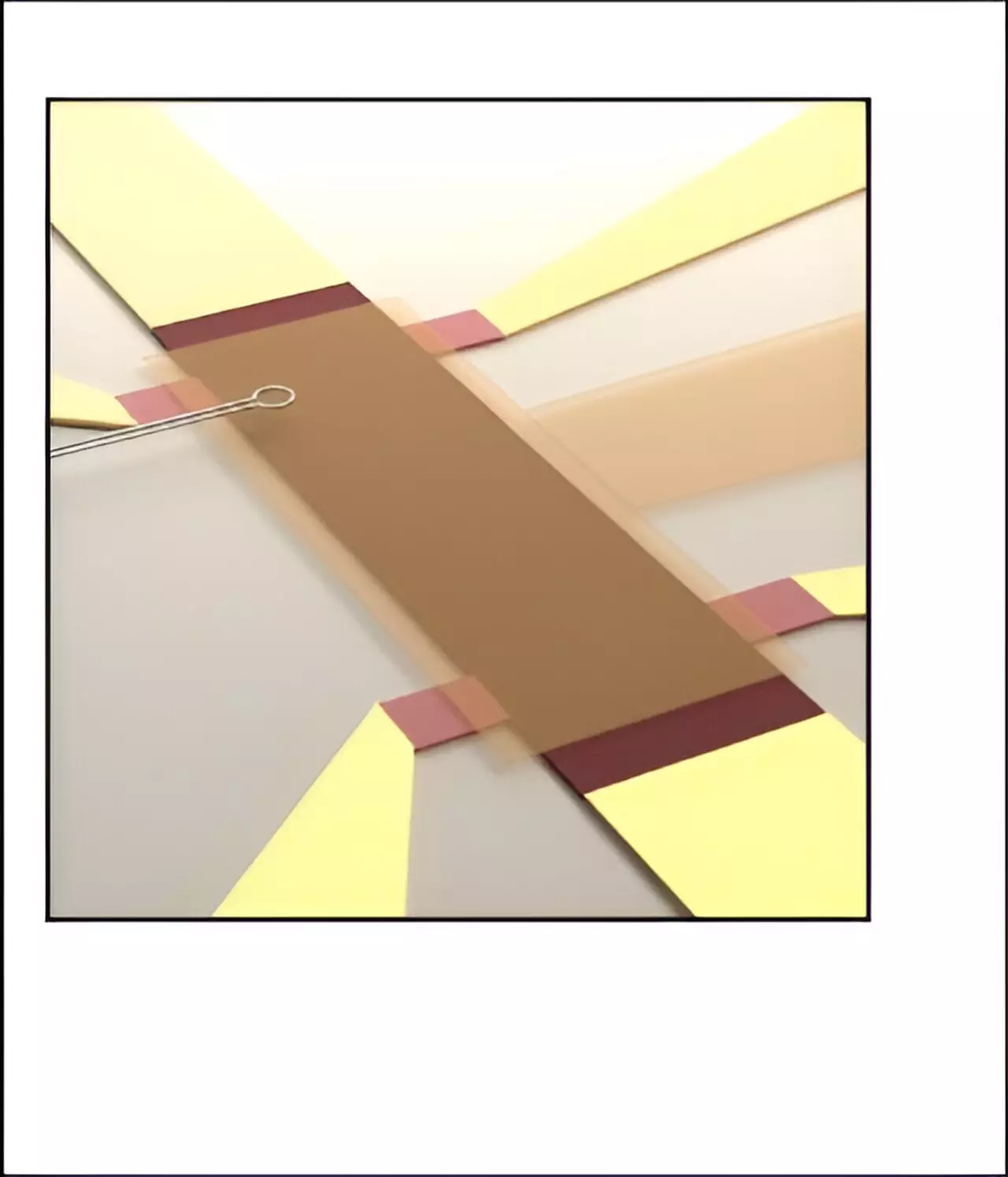Topological protection represents a significant advancement in our understanding of physical phenomena, particularly in the realm of quantum mechanics. This concept implies that certain states of matter exhibit remarkable robustness against a variety of disturbances—a characteristic that lends valuable stability to quantum systems. However, the very nature of this robustness introduces a complex layer of topological censorship, effectively masking critical microscopic information. Recent advancements in experimental techniques have begun to penetrate this veil, shedding light on previously hidden properties.
The research by Douçot, Kovrizhin, and Moessner, published in the ‘Proceedings of the National Academy of Sciences,’ delves into the ramifications of this topological censorship. By moving beyond the limitations imposed by traditional theories, they propose a detailed microscopic framework that highlights an unexpected phenomenon: the meandering edge state carrying a topologically quantized current. This finding diverges from established expectations, suggesting a more intricate relationship between edge states and the bulk properties of materials, particularly in Chern insulators.
This work builds upon the foundations laid by the 2016 Nobel Prize laureates David J. Thouless, F. Duncan M. Haldane, and J. Michael Kosterlitz, who brought attention to topological phase transitions and matter. Their work was pivotal in the discovery of exotic states that form under specific conditions, particularly at low temperatures. These states remain distinct from conventional states like solids and liquids, largely due to the geometric properties of their quantum wavefunctions, which grant them exceptional durability against perturbations.
Topological protection operates on a principle that defies traditional intuitions about physical states. Specifically, it implies a protective layer that ensures certain global properties remain intact, even as local characteristics may be compromised. The analogy of a black hole is appropriate here; just as the event horizon obscures the internal workings of a black hole, topological properties can mask the underlying details of a physical system. In practice, this leads to a predominance of global measurements in experiments, such as quantized resistance observed in the quantum Hall effect, while local behaviors remain obscure.
For decades, researchers have largely accepted that quantified electrical currents in quantum Hall systems are solely carried by states along the edges of materials. However, the recent studies conducted by teams at Stanford and Cornell have disrupted this conventional narrative, revealing that currents can also flow within the bulk of Chern insulators. This pivotal shift challenges the notion of topological censorship and opens new avenues for understanding how quantized currents can be manipulated.
Chern insulators, first predicted by Duncan Haldane in the late 1980s, were historically considered conceptual curiosities until they were physically realized in 2009. Unlike typical quantum Hall systems, Chern insulators do not rely on external magnetic fields for their unique properties, making them an intriguing subject of study. As experimental techniques have advanced, such as utilizing SQUID magnetometers to detect local magnetic fields, the distribution of current within these materials has come under scrutiny.
Researchers found that the flow of electron current defies the conventional understanding of current pathways, exhibiting behavior that is distributed throughout the sample rather than strictly confined to the edges. This realization has profound implications for our comprehension of topological states and compels theorists to reevaluate existing models.
The contributions of Douçot, Kovrizhin, and Moessner reveal mechanisms that allow for a new interpretation of current flow in topological materials. By embracing the notion of a broad, meandering conduction channel, their work provides theoretical backing for the experimental evidence observed in Chern insulators. The significance of this research extends beyond mere academic curiosity; it encourages a reinvigoration of the exploration of topological states of matter and the development of novel quantum technologies.
Ultimately, the era of topological censorship is evolving as researchers harness local probes to unveil the intricacies hidden within these profound physical systems. This progression not only enhances our theoretical foundations but also paves the way for potential advancements in quantum computing and other applications reliant on topological properties. As the interplay between experimental observation and theoretical insight continues to progress, we may be on the verge of a deeper understanding of the fabric of quantum matter itself.


Leave a Reply